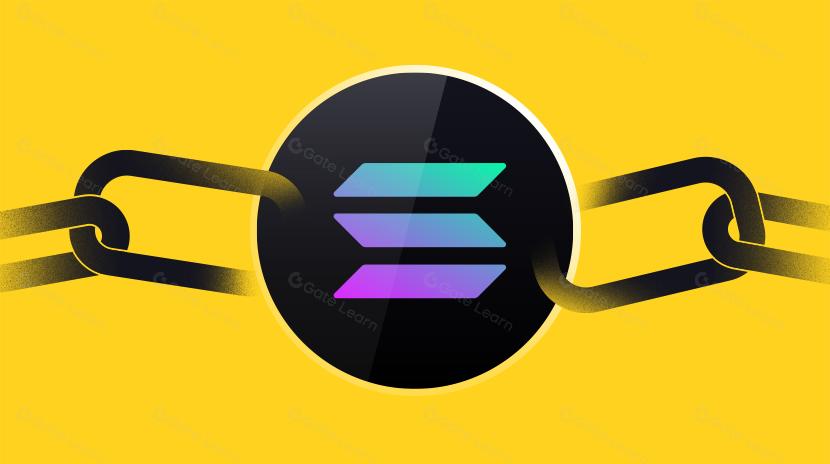offchain

Offchain operations refer to transactions and data processing activities executed outside the blockchain network, whose results may affect or be recorded on the blockchain. Offchain operations are typically used to address blockchain issues related to scalability, privacy protection, and cost-effectiveness. They allow users to complete transactions or process data without directly interacting with the blockchain, thereby reducing the burden on the main chain and improving the efficiency of the entire network. Offchain operations have become an important component of blockchain scalability solutions, enabling decentralized applications to handle user requests at a larger scale.
Background: The Origin of Offchain Operations
The concept of offchain operations emerged from the inherent limitations faced by blockchain networks. As early blockchain networks like Bitcoin and Ethereum saw growth in user numbers, problems such as transaction congestion, rising fees, and extended confirmation times became increasingly prominent. These issues reached their peak during the cryptocurrency boom of 2017-2018, prompting the industry to seek alternative solutions.
Offchain operations emerged as a method to solve the blockchain trilemma (the inability to simultaneously achieve security, decentralization, and scalability). It opened new development paths for blockchain technology by moving some computational and storage work outside the main chain while maintaining secure connections to it.
Over time, offchain operations evolved from simple state channels to more complex sidechains, layer-2 networks, and cross-chain protocols, forming the diverse offchain ecosystem we see today.
Work Mechanism: How Offchain Operations Function
The core working mechanism of offchain operations is based on transferring processing load from the main blockchain to external environments while maintaining secure connections to the main chain. The primary implementation methods include:
-
State Channels: Participants open private channels after locking funds on-chain, enabling unlimited transactions with only the final result submitted to the main chain. This greatly reduces the number of on-chain transactions and is suitable for scenarios requiring frequent interactions, such as payment channels or games.
-
Sidechains: Independently operating blockchains connected to the main chain, allowing bidirectional asset flow. Sidechains can adopt different consensus mechanisms and block parameters, providing optimization for specific application scenarios.
-
Layer-2 Scaling Solutions: Such as Optimistic Rollups and ZK-Rollups, which significantly increase throughput by batch processing transactions and only submitting result proofs to the main chain.
-
Oracle Services: Bridges connecting blockchains with the external world, enabling smart contracts to respond to offchain data and events, such as price information, weather data, or sports match results.
Offchain data interacts with the main chain in various ways: cryptographic proofs can verify the correctness of offchain computations, or multi-party consensus can ensure the accuracy of offchain states. Different types of offchain operations are suitable for different application scenarios based on their security models and performance characteristics.
Risks and Challenges of Offchain Operations
While offchain operations provide scalability solutions for blockchains, they also bring a series of risks and challenges:
-
Security Trade-offs: Moving processing offchain may introduce new security vulnerabilities. Offchain systems typically rely on fewer validators, increasing centralization risks and the possibility of malicious behavior.
-
Data Availability Issues: If offchain data becomes inaccessible, users may be unable to prove their asset ownership or state, facing risks of fund loss.
-
Increased Trust Assumptions: Many offchain solutions introduce additional trust assumptions that may contradict the trustless nature of blockchains. For example, oracles rely on the honesty of data providers.
-
Increased Complexity: Offchain systems introduce additional protocol layers and interaction patterns, increasing development complexity and potential vulnerability risks.
-
Regulatory Uncertainty: Offchain operations may blur the boundaries of transaction responsibility, creating regulatory gray areas in certain jurisdictions.
These challenges require developers to carefully balance efficiency with security when designing offchain solutions and establish appropriate oversight mechanisms and error recovery procedures.
Offchain operations represent a key evolutionary direction in blockchain technology, providing important pathways for scalability, efficiency, and functionality. By appropriately combining onchain and offchain technologies, blockchain systems can achieve broader application scenarios while maintaining decentralization and security. As technology continues to advance, offchain operations will continue to evolve, potentially forming more complex and efficient layered architectures, enabling blockchain technology to serve more practical needs and ultimately achieve widespread adoption.
Related Articles

The Future of Cross-Chain Bridges: Full-Chain Interoperability Becomes Inevitable, Liquidity Bridges Will Decline

Solana Need L2s And Appchains?
